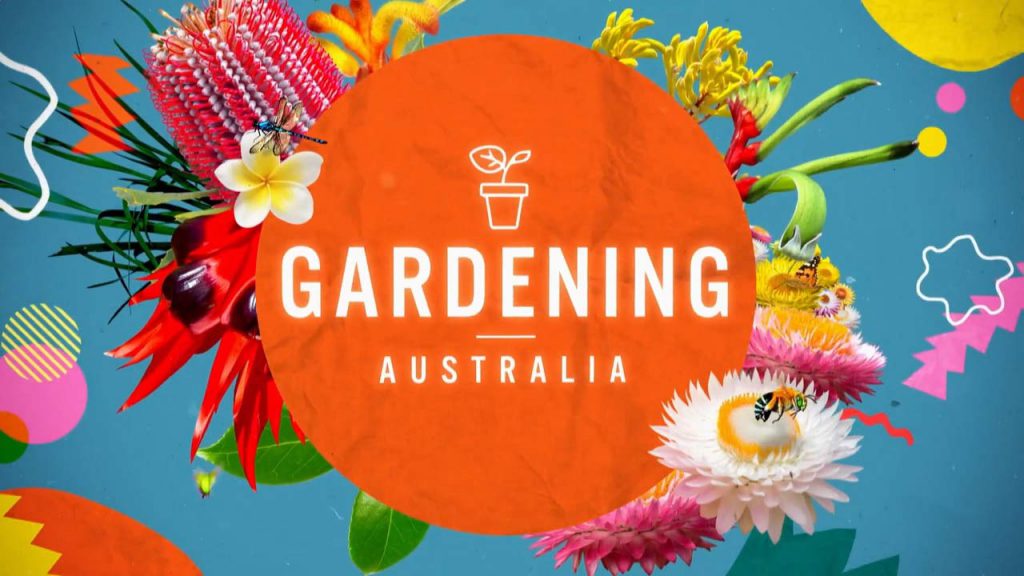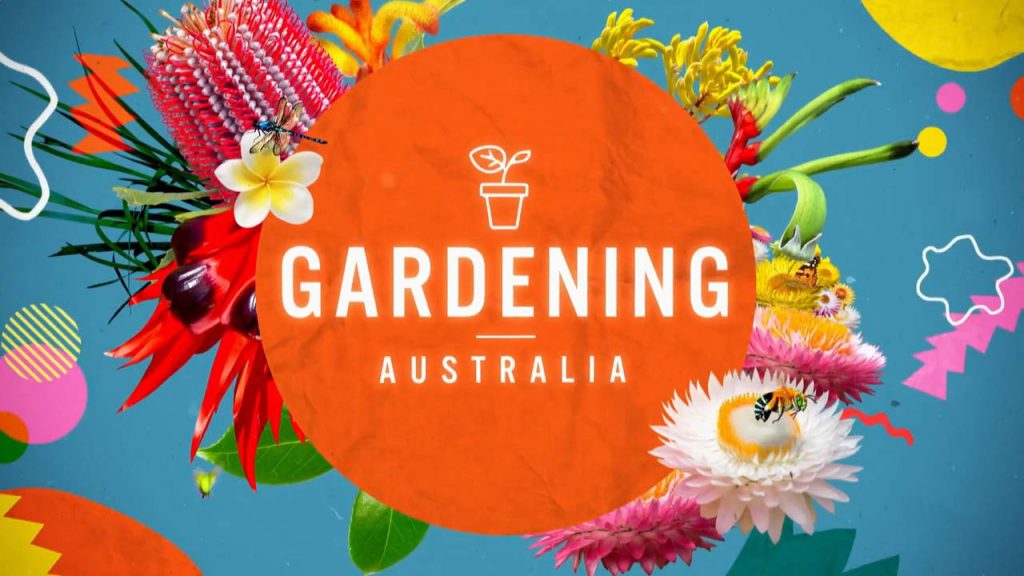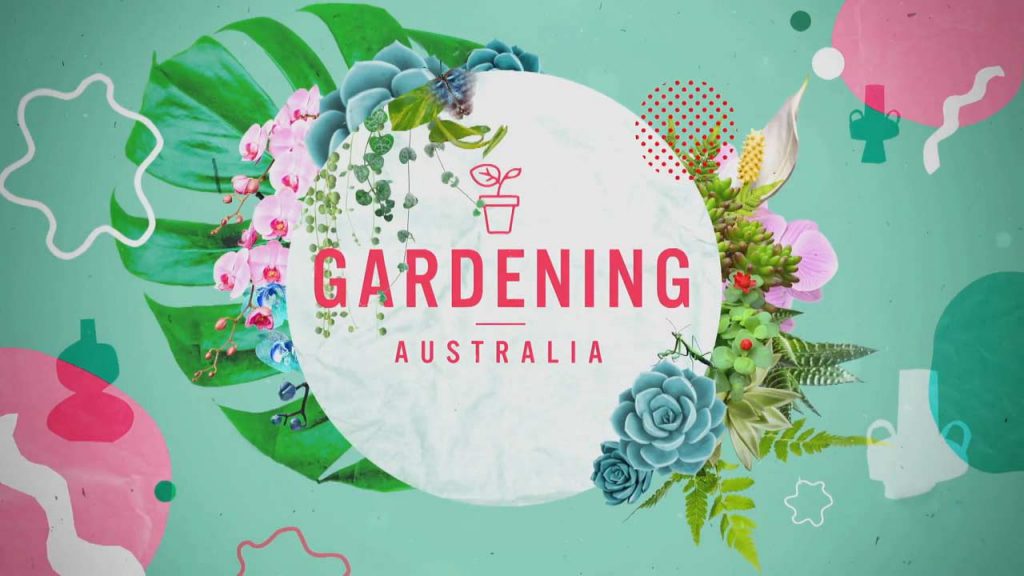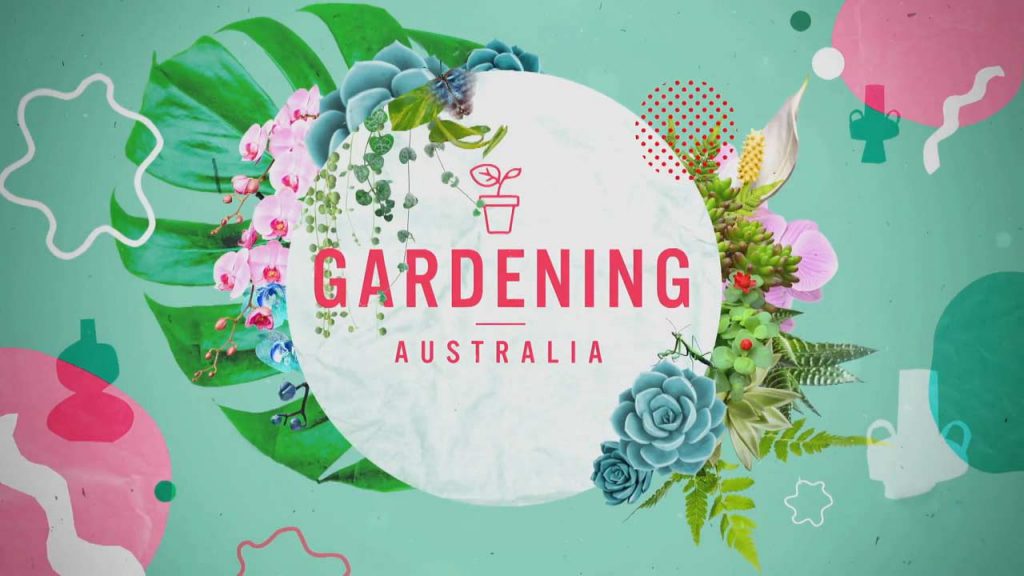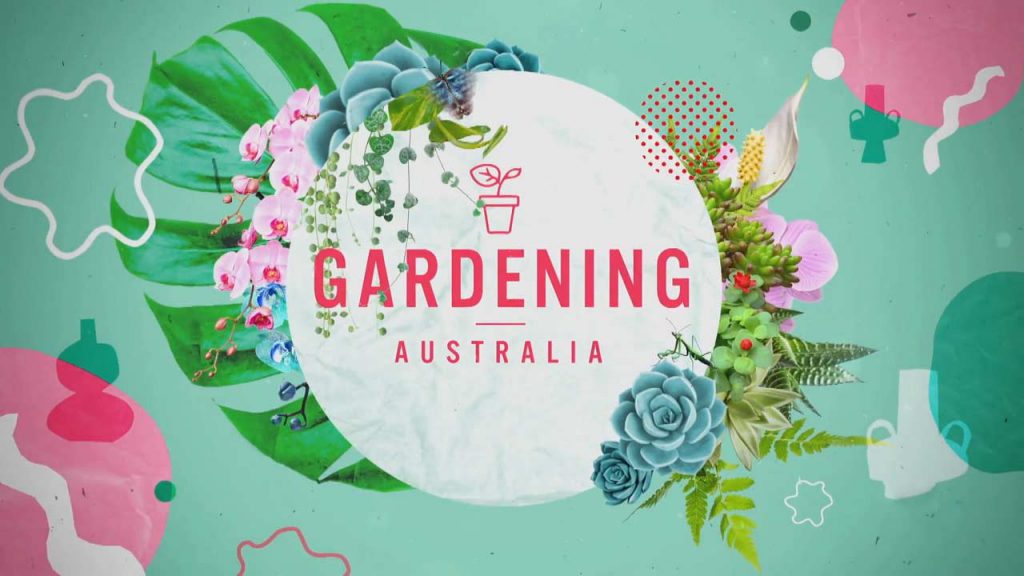Gardening Australia episode 2 2023: Costa meets a frog fanatic; Sophie talks garden ties; Jerry whacks weeds; Jane tours an inclined garden; Hannah harnesses chook power; Clarence discovers the power of plants; we meet an artist inspired by plants and play.
Gardening Australia is a popular Australian television program that focuses on gardening and gardening advice. It is broadcast on the Australian Broadcasting Corporation (ABC) and has been airing since 1990. The show is presented by a team of expert gardeners and horticulturalists, who provide tips and advice on a wide range of gardening topics, from choosing the right plants for your garden to dealing with pests and diseases. Each episode also features segments on different gardens and gardening projects around Australia, showcasing the diverse and beautiful gardens found in the country.
Australia is a diverse country with a wide range of climatic conditions, which can make gardening challenging in some areas. However, with the right knowledge and techniques, it is possible to create a beautiful garden in Australia. Overall, gardening in Australia can be rewarding and enjoyable, as long as you choose the right plants and use good gardening techniques. Inspiring, entertaining and full of practical advice, join Costa Georgiadis and the team as they unearth gardening ideas, meet avid gardeners and look at some of the most inspiring gardens from across the country.
Gardening Australia episode 2 2023
Pondering Frogs
Sean is a garden landscaper and his own backyard is a 2.5-hectare block in the Noosa hinterland. Here he has been able to explore his habitat hobby – building frog ponds. He has more than 50 here already and through his work reckons he has created about 600.
Sean has been creating habitat for wildlife since he was a young boy (he’d already built three by the time he was seven!) and he’s been learning about his current home environment and its flora and fauna for more than 20 years, transforming a barren horse paddock to a diverse paradise. He watches how the animals use the environment, then follows their lead to create better habitat for them.
He observed and followed the natural contours of the land to create water channels, adding mulch like rocks and logs for extra habitat, and layers of plants, “because frogs exist in all the layers of vegetation, from trees to palms, grasses and groundcovers,” Sean explains. He has counted 17 different species of frog in his backyard. Sean says that no matter what the type of pond or frog you want to cater for, in most climates you want the pond to receive a reasonable amount of sunlight but not too much. “Full sun will just lead to full on algae growth”
Cane toads don’t like moving through thick grass layers so he plants densely to try to keep these out. To avoid breeding mosquitoes, Sean recommends installing a pump or waterfall to keep the water moving, but long-term he ways you need patience to allow the natural ecosystem to build up, so predators will control their numbers. Sean also grows lots of fruit and vegetables, keeping his family fed through the year, because he’s keen to show you can have both habitat and healthy food production.
The Ties that Bind
Plant ties are great for giving your plants support when they need it. Choose the right ones and you can be sure that your plants will grow strong and healthy. When combined with the right structure, such as stakes, trellis or an archway, they can help your plants grow in the right direction. But not all plant ties are created equal. Instead of inspiring your plants to new heights, the wrong plant tie can be harmful. Sophie shows us the difference between good plant-ties and bad plant-ties – and how to use them correctly in the garden.
For vegetables. Stretchy woven cotton fabric is soft and pliable, perfect for the tender stems of vegetables because they can expand and stretch as stems grow. Sophie uses it to secure her New Guinea bean to an archway by gently looping and tying the stem to the support with a granny knot. Use one tie every two to three nodes, or wherever needs the most encouragement. Alternatively, worn out old T-shirts, cut or ripped into strips, can be used in the same way.
For special plants, Sophie creates a figure-8 tie. To do this, wrap the fabric around the plant stem, then cross it over before looping around the stake or structure. This leaves a short gap between the plant and the stake, giving the plant extra support from the wind while keeping them nice and secure. When you’re finished with the ties, or the plant has outgrown the need for them, take them off. Because they’re biodegradable and will disintegrate under UV and rain, Sophie stores them inside to be recycled for next season.
Weed Whacking – Gardening Australia episode 2 2023
Over the years, Jerry’s applied his expert knowledge and lived experience to build a thriving food bowl in his own backyard. But even here, Jerry faces that most perennial of gardening problems; weeds.
Weeds are plants that you don’t want in your garden but hang around anyway. They could be germinating from seeds blown in by the wind or dropped by birds. They might be emerging from underground bulbs leftover from a previous gardener. They can even be plants you deliberately introduced into your garden that are popping up in the wrong spots or have long overstayed their welcome. Weeds have often evolved to be ultra-competitive, quickly outpacing other garden plants.
However they got here, they’re not welcome. Jerry says “Why weed? Weeds compete for sunlight, moisture and nutrients with what you want to grow”. This leads to stunted results from your preferred plants, and due to their competitive nature, you’ll have a garden full of nothing but weeds before you know it.
Jerry is a big proponent of weeding by hand. He finds the dexterity allows an opportunity to identify weeds and distinguish them from welcome self-sown vegetables. He uses kitchen scissors to cut weed seedlings off at the base; “a precise way to do it without disturbing soil. It’s detailed work.” Disturbing soil can bring more weeds to the surface. Hand weeding is best done when it’s slightly wet, as the roots come out of the soil more easily. But sometimes the scale and size of the weeds requires a bigger approach. For this Jerry uses a Dutch hoe, a simple tool that works to sever weeds from their roots.
Jerry says that weeding in the right weather can also help make a hard job a little easier. “When using the Dutch hoe, it’s best done when the soil is slightly dry, to allow the weeds you pull out to dry and die. Chickweed is a classic one where if it’s not dry, all you’re doing with the hoe is moving it around the garden; it just resettles”.
Chook Tractor
Hannah shows how to harness chicken power, with a neat chicken tractor! Chickens are wonderful garden companions, providing eggs, manure, eating scraps and they’re pretty good company too! Their constant love of eating and scratching up soil for grubs and slugs can be harnessed to help the garden, with a well-designed chicken tractor.
A chicken tractor is a portable pen that can be moved around the garden to control where your chickens feed, scratch and poop. It’s good for the chickens as they get to roam outside their usual home and get a good feed. And it’s good for the garden as they help improve and prepare the soil for new plantings by adding nutrients and lightly turning over the soil. They can also lend a hand in areas where you need help with maintaining weeds.
Fresh chicken manure is very strong and can be harmful to plants. But as the tractor moves around regularly, there should only be a small amount in one place which can be dug into the soil, or shovel excess into your compost system.
Chicken tractors can be made from a range of repurposed materials. Hannah constructed hers with timber and polypipe for the frame, chicken wire for the main covering, and an old fabric sign for shelter. The main material considerations are weight – you need to be able to lift and carry it around; and security – it shouldn’t blow over in the wind and the chooks shouldn’t be able to escape!
